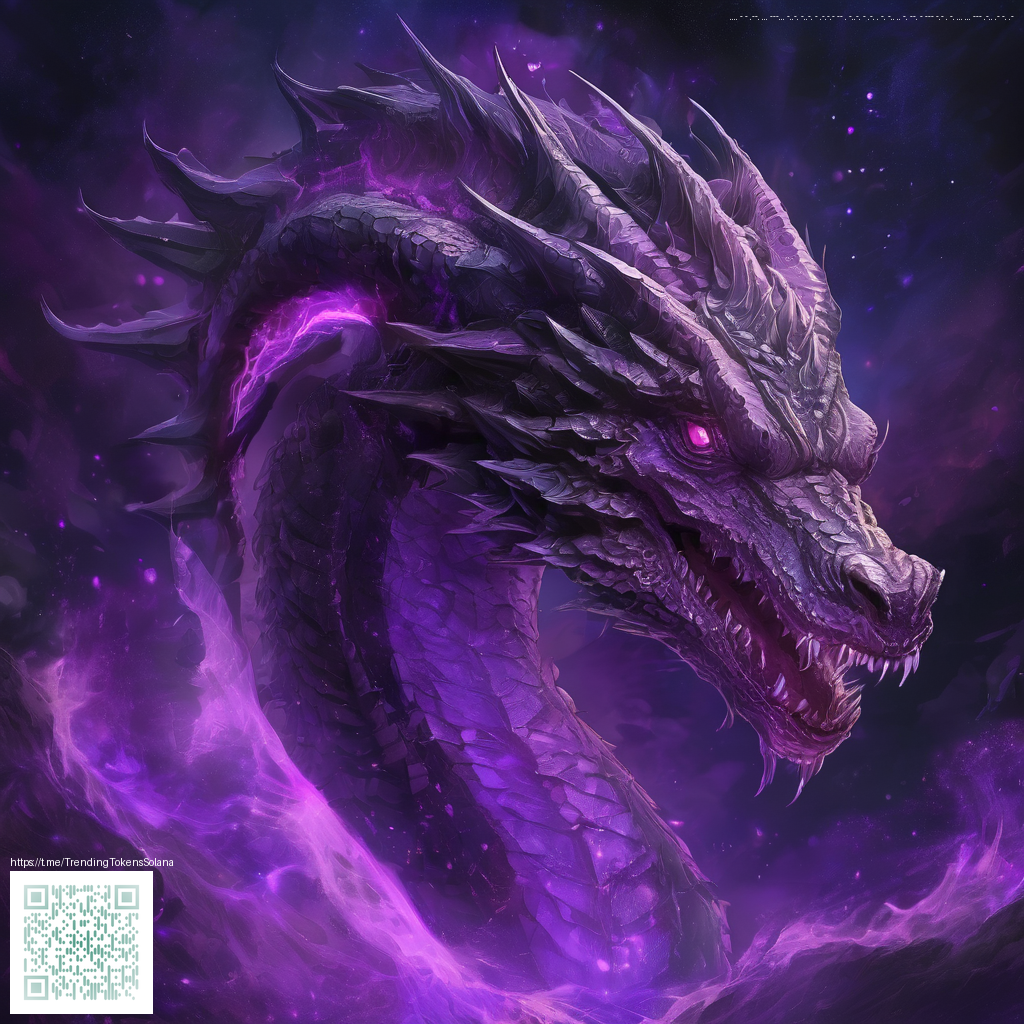The Subtle Power of Sound Design in Horror
In horror storytelling, sound is often the first to speak and the last to fade. It guides attention, primes emotions, and can even override what the eyes perceive. A creaking floor, a distant heartbeat, or a rapid, pulsing drone can push an audience toward fear long before the source of menace appears. The result isn’t just “loud”; it’s felt, remembered, and sometimes imagined long after the scene ends.
Sound design operates on multiple layers. Diegetic cues—those that exist within the world of the story—ground us in a space. Non-diegetic cues—music and effects added for emotional impact—pull at our nerves in ways visuals alone rarely achieve. The most effective scares emerge from a careful balance between these elements, interspersed with moments of deliberate silence that invite the audience to fill the void with anticipation.
Techniques that Make Fear Audible
- Bass rumbles and subharmonics that pressurize the chest can make a scene feel close even when the camera is far away.
- Layered textures—scrapes, distant winds, and faint electronic textures—create an uneasy atmosphere that grows with each pass.
- Diegetic vs. non-diegetic transitions—shifting from a realistic soundscape to an overtly theatrical cue can jolt the viewer and recalibrate expectations.
- Silence as an instrument—sharp pauses heighten the impact of the next sound by contrast alone.
- Spatial audio and reverberation—careful placement of sounds in a room or world makes danger feel tangible and immediate.
- Rhythmic synchronization—matching sound pulses to editing tempo can accelerate heartbeats and cue adrenaline responses.
“Sound design is the architecture of dread; without it, fear sits in the margins, but with it, fear fills the room.”
Across media—from film to interactive experiences—the same principles apply, but execution must adapt. In cinema, listeners rely on a curated mix that guides attention through space and timing. In video games, audio must respond to player input, offering feedback that feels both fair and unnervingly unpredictable. In audio-focused formats like podcasts or radio dramas, sound becomes the entire world, demanding crate-dense textures and precise pacing to sustain suspense without a single frame of motion.
For creators trying to translate these ideas into real-world workflows, practical considerations matter. On location, portable gear, quick setup, and protective accessories can make the difference between a flawless take and a compromised one. In this spirit, tools that keep your equipment safe and ready—such as the Neon Clear Silicone Phone Case — Slim, Flexible Protection—support steadier capture in unpredictable environments. You can explore the product details on its page if you’re curious about rugged, on-the-go protection for field shoots.
Meanwhile, thoughtful sound design thrives when it remembers context. A hallway echo can reveal architecture; a sudden cut paired with a distant scream can encourage imagination to fill in the gaps. By calibrating loudness, tonal color, and spatial cues, writers and designers coax audiences into a shared, visceral experience—where fear is built not just by what is shown, but by what is heard around it.
For anyone exploring these ideas further, you can read analyses that explore how context shapes fear on this page: https://y-vault.zero-static.xyz/641f403a.html.
